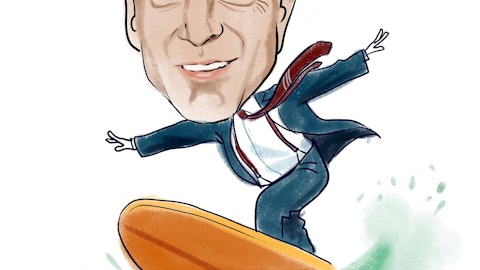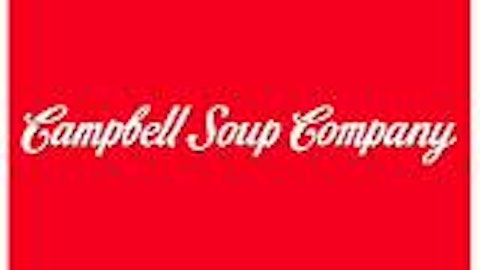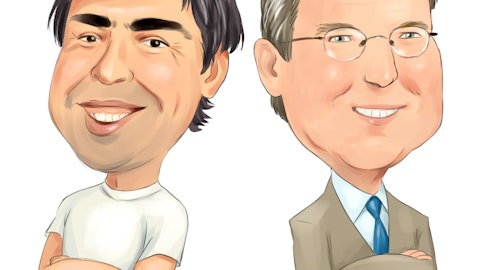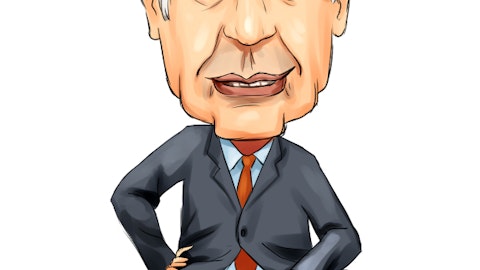When I was 14, my grandmother gave me 200 shares of a small insurance company called Statesman Group, which eventually became American International Group Inc (NYSE:AIG).
The certificates were buried somewhere in my father’s law office, but dividend checks appeared in my mailbox every three months. (I remember they were usually for about $50. That was big money for a teenager in the early 1980s.)
I always thought — and still do — that that was the neatest thing in the world: getting paid just to own stock.
Historically, many equity investors have felt the same way — especially after the drubbing of the dot-com bubble burst, the 2001-’02 bear market and the most recent bear market resulting from the financial crisis and Great Recession. Companies that have consistently paid and increased their dividends tend to perform well in times of market uncertainty. The iShares Select Dividend ETF (NYSEARCA:DVY) is proof positive of that sentiment.

From trough to peak, investors who felt brave enough to buy have done quite well. Conventional wisdom would say maybe it’s time to take money off of the table. While playing defense and taking some profits is never a bad thing, investors who have been hesitant to get in and feel they may have missed the boat should reconsider. Here’s why.
Mountains Of Cash
Recently, I received a copy of J.P. Morgan Asset Management’s quarterly Guide to the Markets. Compiled by the amazingly insightful David Kelly and his team, I’ve found this to be an incredibly resourceful research tool.
In the equities section, there’s an interesting study on the deployment of corporate cash among S&P 500 companies. American companies, as represented by the index, are currently holding nearly 30% of their assets in cash and cash equivalents. This is up from 20% at the onset of the financial crisis and nearly double the percentage held at the beginning of the 21st century. Eventually, this cash will go somewhere. Why not to shareholders?
The percentage of a company’s retained earnings paid out as dividends to shareholders is measured using the dividend payout ratio. Lower numbers typically mean a company is either hoarding cash or reinvesting in the business. A higher number means the company is paying out more cash than it probably should.
A good rule of thumb is to use a dividend payout ratio of 60% as a maximum. This still leaves a decent amount for the company to shovel back into the operation. According to the J.P. Morgan research, the average dividend payout ratio for S&P 500 companies is 30% — a 10-year low. Clearly, there’s room for expansion.
‘No’ To Low Interest Rates
Despite the market’s nervousness over the possibility of the Federal Reserve dialing back its quantitative easing program, expect interest rates to stay ridiculously low for quite some time.
The general fear is that once the Fed stops buying bonds through its QE program, interest rates will soar. That would be the equivalent of turning a battleship as though it were a speedboat, so it’s probably not going to happen. When tapering does come, it will be a painfully slow, gradual process. It took the Fed nearly six years to get us here. It could well take just as long to get us back — and in the meantime, an increase in the yield on a 10-year Treasury from 2.6% to 2.7% is nothing to get excited about.
Look for investors, especially baby boomers retiring by the thousands, to seek higher sources of income. Strong demand for dividend stocks will support prices.
Go With The Growers
Naturally, investing in dividend-paying stocks means focusing on the companies that have the ability to consistently increase their dividends. Not only should those companies be well managed, they should also have strong, scalable franchises that will insure the earnings required for dividend sustainability. Here are a handful of names that fit that profile.
The Coca-Cola Company (NYSE:KO) — While Coca-Cola’s dividend payout ratio is a bit on the high side at 52%, its gargantuan global brand and the world’s growing emerging markets will create a solid earnings stream for decades to come. The company (which I profiled recently) has raised its dividend every year for the past half century. Shares trade just under $40 and yield 2.8%.






